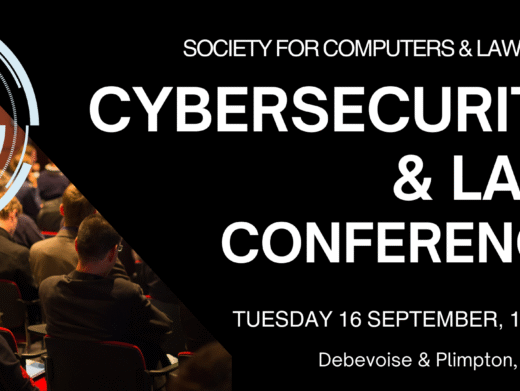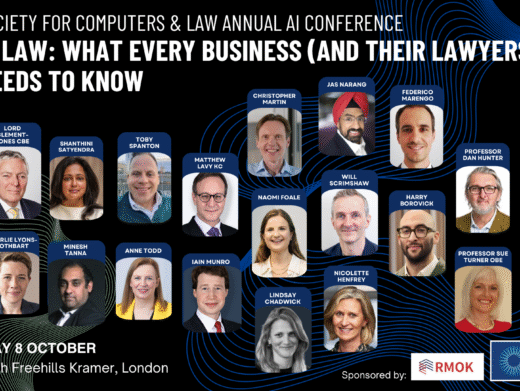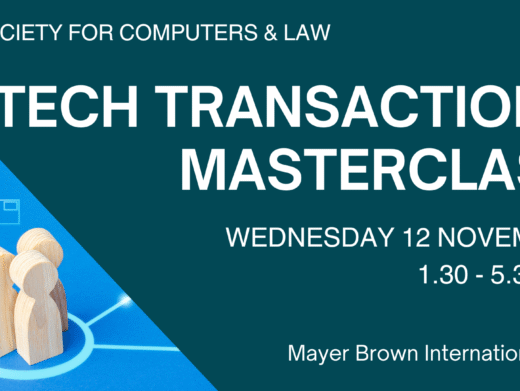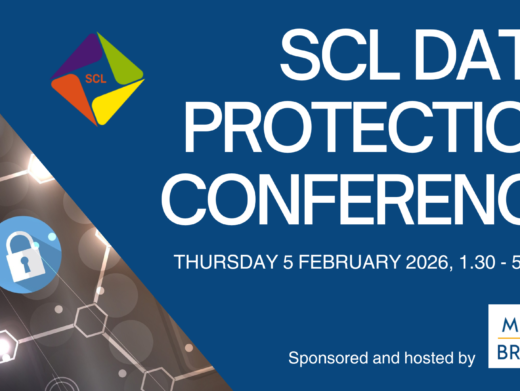In Case C-355/12 Nintendo and Others v PC Box Srl and Others the Court of Justice of the European Union was concerned with a dispute over the marketing of what it stubbornly describes as videogames. The key question was whether it was lawful to market them with software that enables a purchaser to circumvent the technological protection measures that Nintendo sees as a crucial part of the package.
As is well known, Nintendo markets two types of systems for videogames: ‘DS’ portable consoles and ‘Wii’ fixed consoles. It installs a recognition system in the consoles, and an encrypted code on the physical housing system of videogames, which has the effect of preventing the use of illegal copies of videogames. Those technological protection measures prevent games without a code from being launched on Nintendo equipment and prevent programs, games and more generally, multimedia content other than Nintendo’s, from being used on the consoles.
PC Box markets original Nintendo consoles together with additional software consisting of applications from independent manufacturers, (‘homebrews’), the use of which requires the installation, on the consoles themselves, of PC Box equipment which circumvents and deactivates the technological protection measures of consoles.
Nintendo considers that PC Box equipment seeks principally to circumvent the technological protection measures of its games. PC Box considers that Nintendo’s purpose is to prevent use of independent software intended to enable movies, videos and MP3 files to be read on the consoles, although that software does not constitute an illegal copy of videogames.
The Tribunale di Milano (Milan District Court), hearing the dispute, asked the ECJ to clarify the extent of the legal protection on which Nintendo may rely under the Directive on the harmonisation of copyright (Directive 2001/29/EC ) in order to combat the circumvention of technical measures put in place.
In its judgment of 23 January, the ECJ recalls that videogames constitute complex material comprising not only a computer program, but also graphic and sound elements which, although encrypted in computer language, have their own creative value. As an intellectual creation specific to their author, original computer programs are protected by copyright which is the subject of the Directive.
The Directive requires the Member States to provide adequate legal protection against the circumvention of any effective ‘technological measure’ intended to prevent or restrict unauthorised acts of reproduction, communication, public offer, or distribution. The Directive is designed only to protect the copyright holder against acts which require his authorisation.
The Court of Justice notes in particular that, in accordance with the principal objective of the Directive (namely to establish a high level of protection of authors), the concept of ‘effective technological measures’ must be understood broadly, including the application of an access code or protection process (encryption, scrambling or any other transformation of the work). Consequently, technological measures which are both incorporated in the physical housing of videogames and in consoles and which require interaction between them fall within the concept of ‘effective technological measures’ within the meaning of the Directive if their objective is to prevent or to limit acts adversely affecting the rightholder’s rights.
The Court of Justice next states that the legal protection covers only the technological measures intended to prevent or eliminate unauthorised acts of reproduction, communication, public offer or distribution, for which authorisation from the copyrightholder is required. That legal protection must respect the principle of proportionality without prohibiting devices or activities which have a commercially significant purpose or use other than to circumvent the technical protection for unlawful purposes.
The Court of Justice notes that the scope of legal protection of technical measures must not be assessed according to the use of consoles defined by the holder of copyright, but that rather it is necessary to examine the purpose of devices provided for the circumvention of protection measures, taking account, according to the circumstances at issue, of the use which third parties actually make of them.
The Court of Justice accordingly calls on the referring court to determine whether other effective protection measures could cause less interference with the activities of third parties or lead to a reduced limitation to those activities, while still providing comparable protection of the rightholder’s rights. To that end, the referring court may take account of the costs of different types of technological measures, of technological and practical aspects of their implementation, as well as the comparison of their respective effectiveness in relation to the protection of the rightholder’s rights, it being understood that that effectiveness need not be absolute.
The referring court may also examine whether PC Box’s equipment is frequently used to read unauthorised copies of Nintendo games on Nintendo consoles or if, on the contrary, they are rather used for purposes which do not infringe copyright.
NOTE: This report is based on a press release and the emphases within that release seem questionable. The actual judgment was not available at the time of writing but a link to it has since been added.




